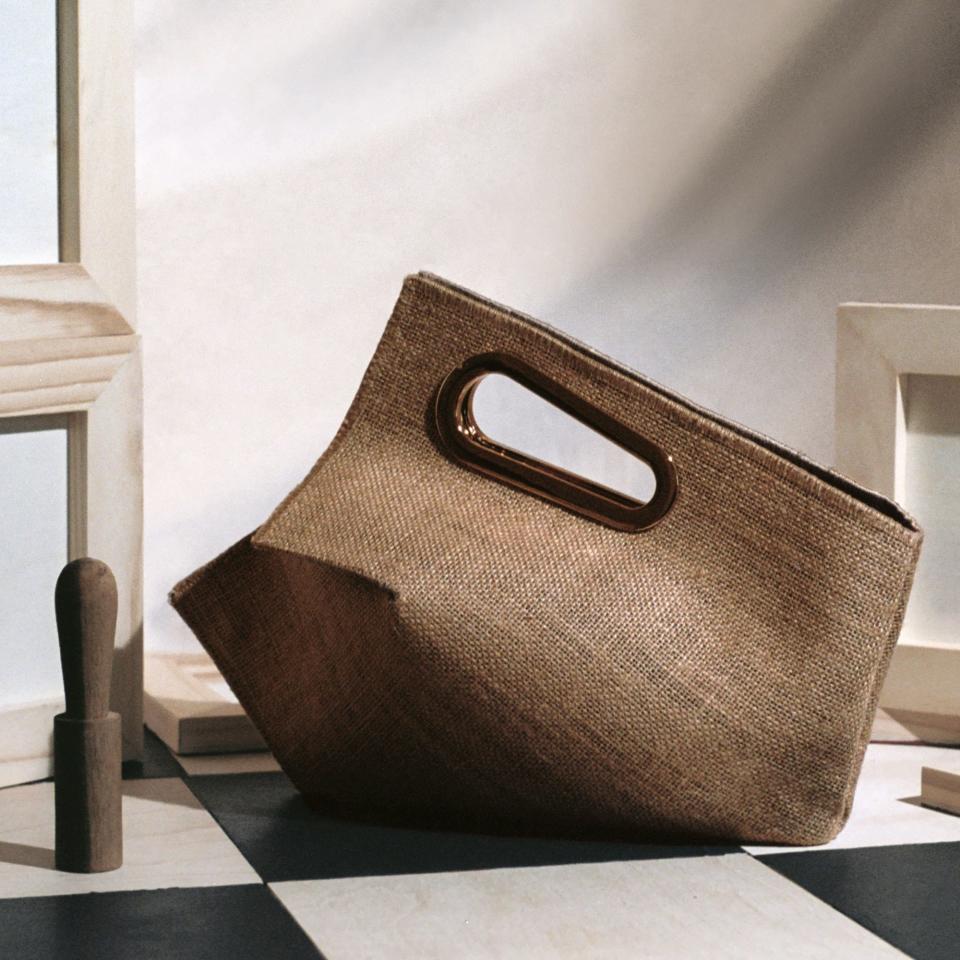Khaore’s New Jute Bags Were Inspired by Forms Found Inside the Noguchi Museum
Khaore Bora Bags
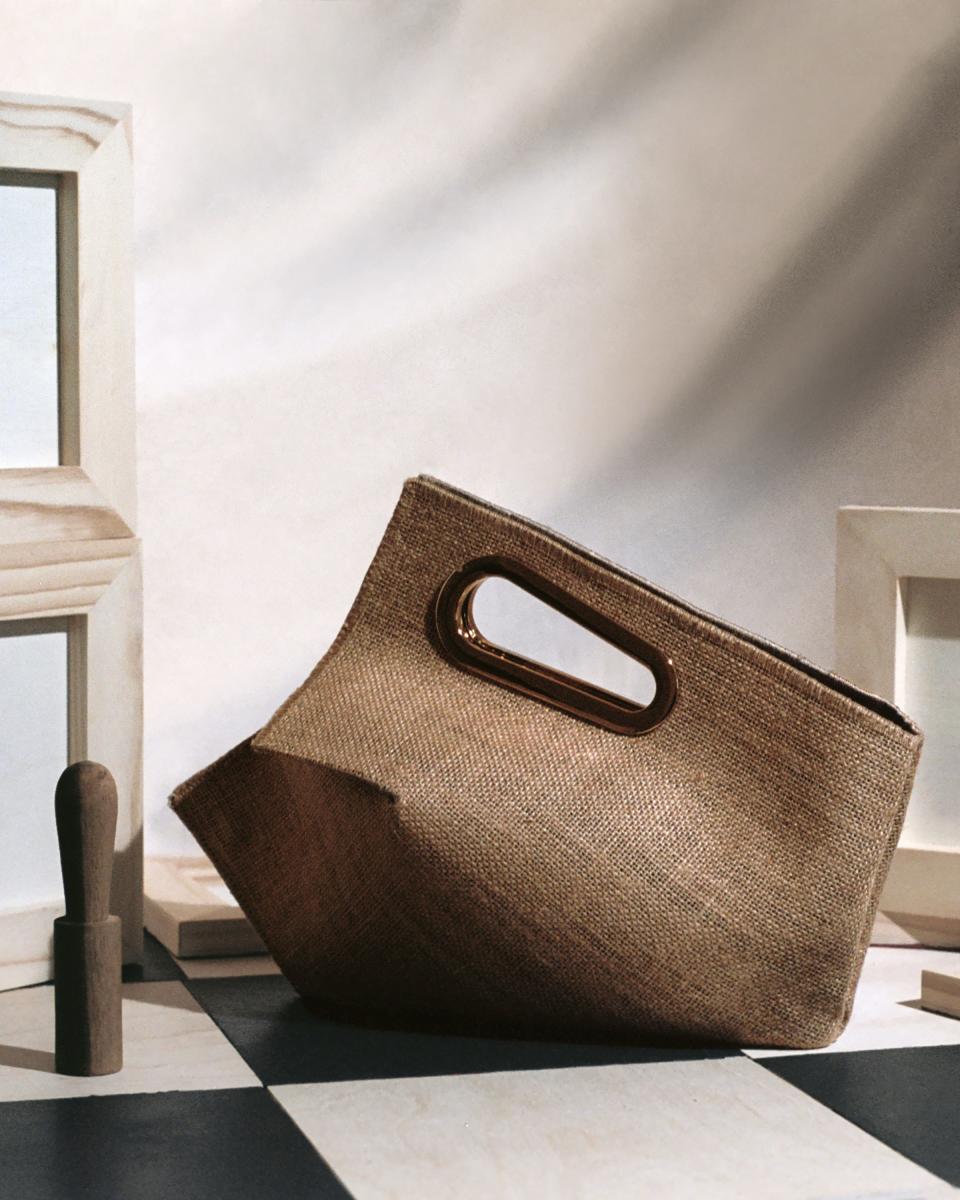
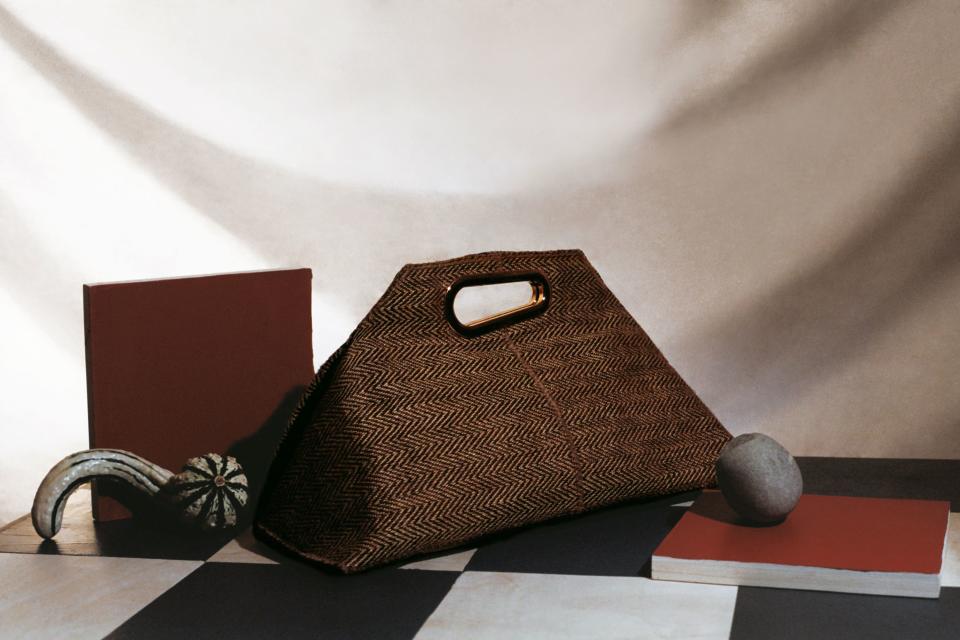
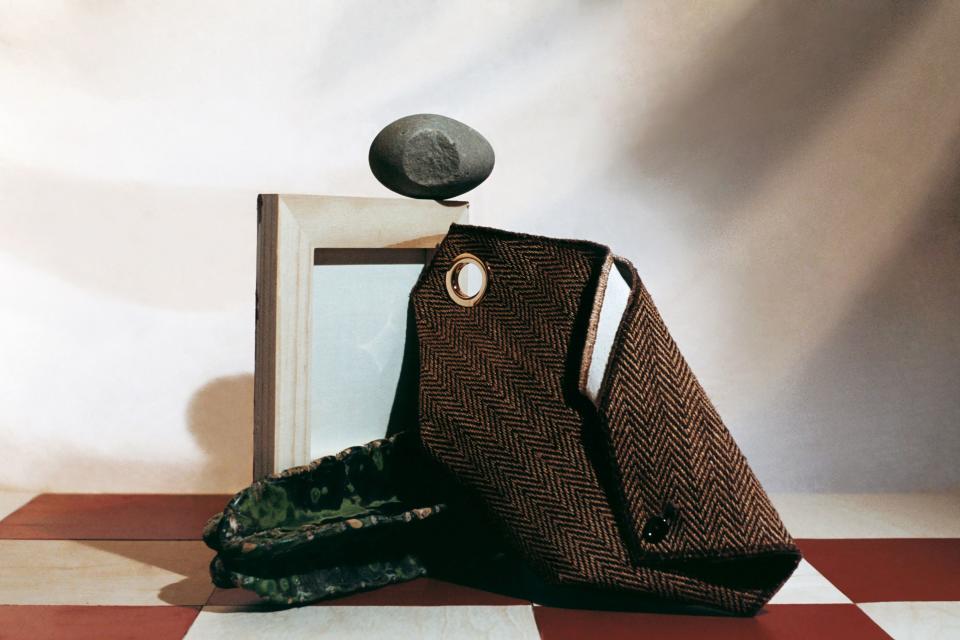
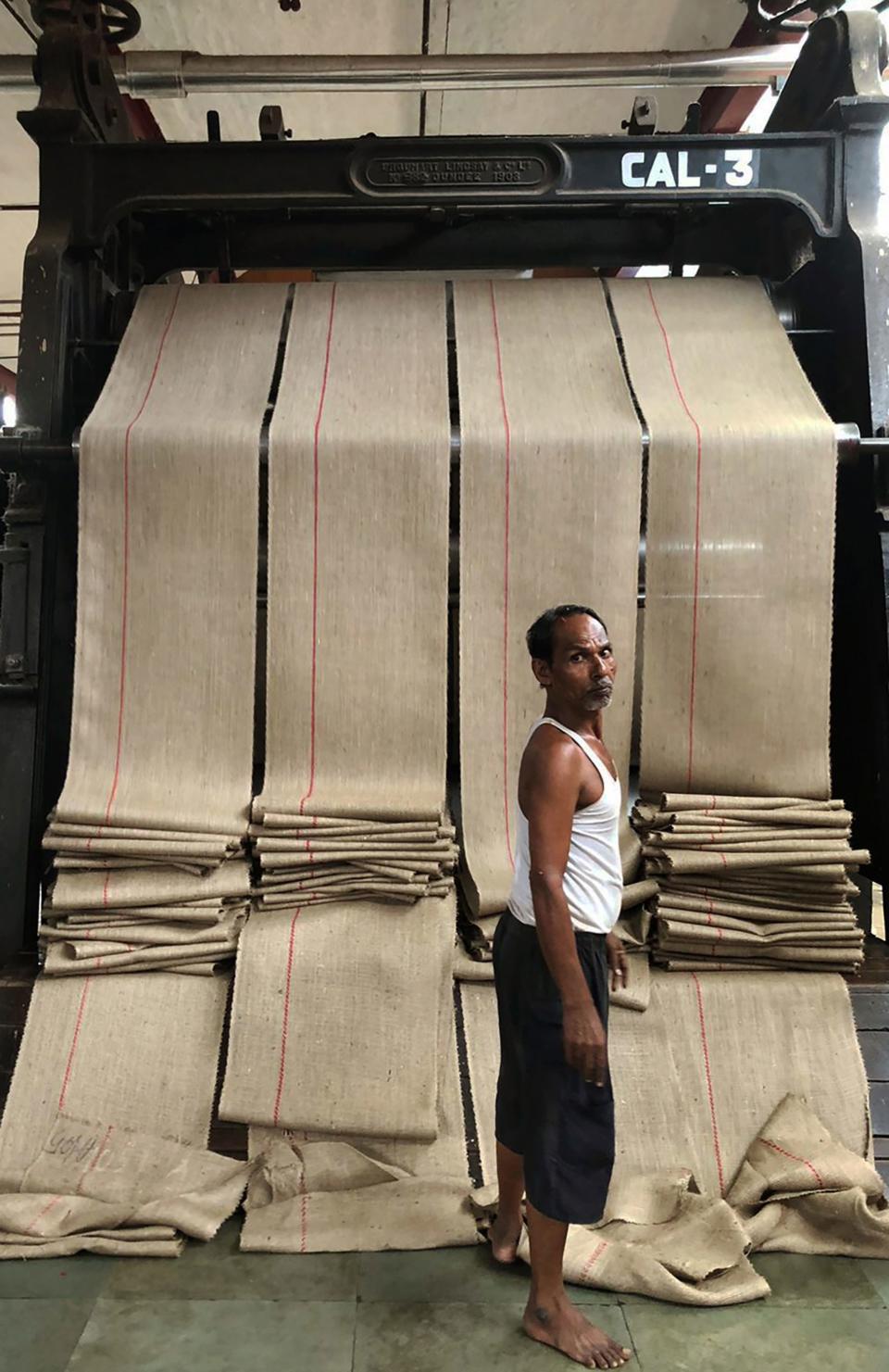

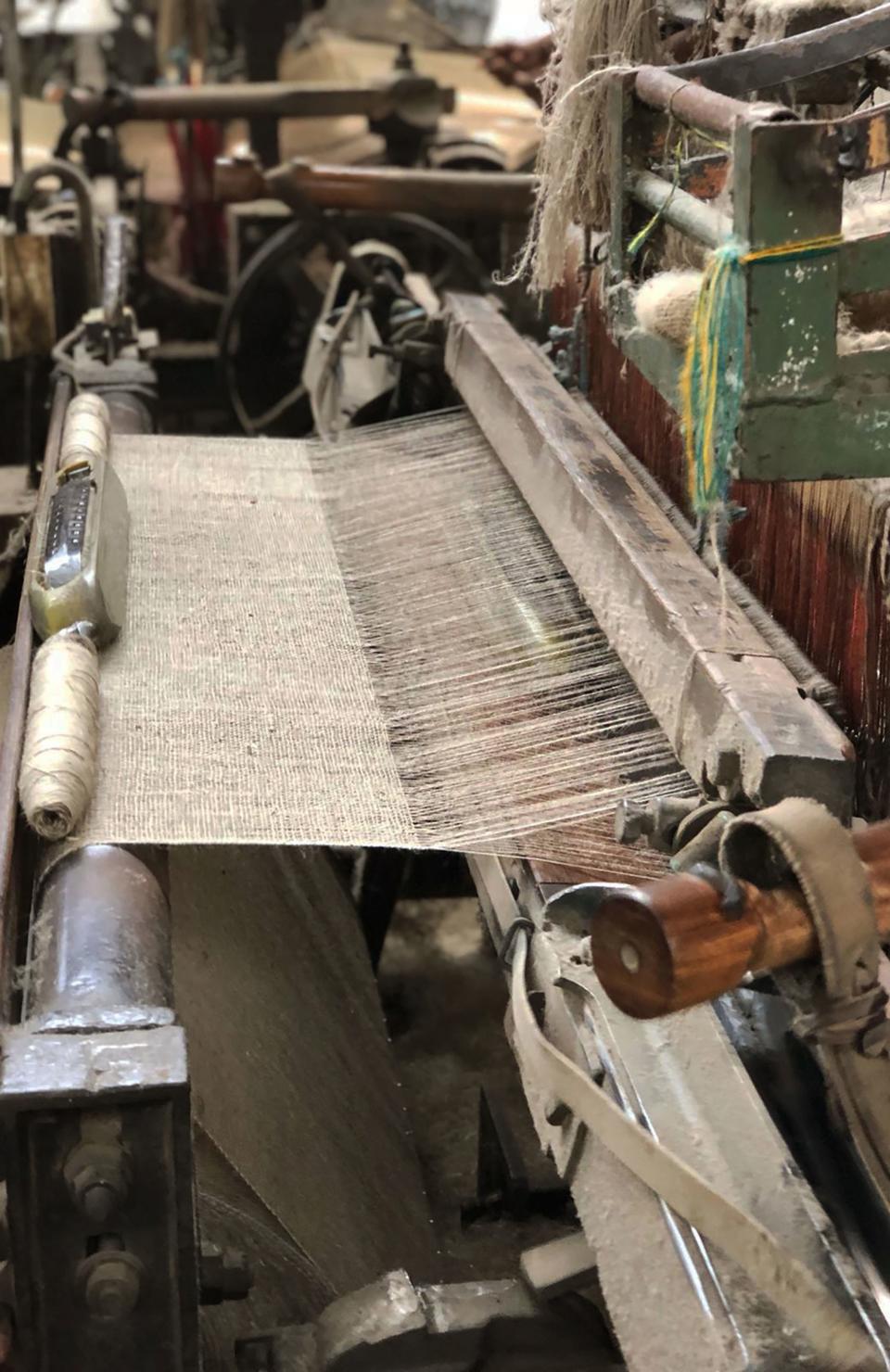
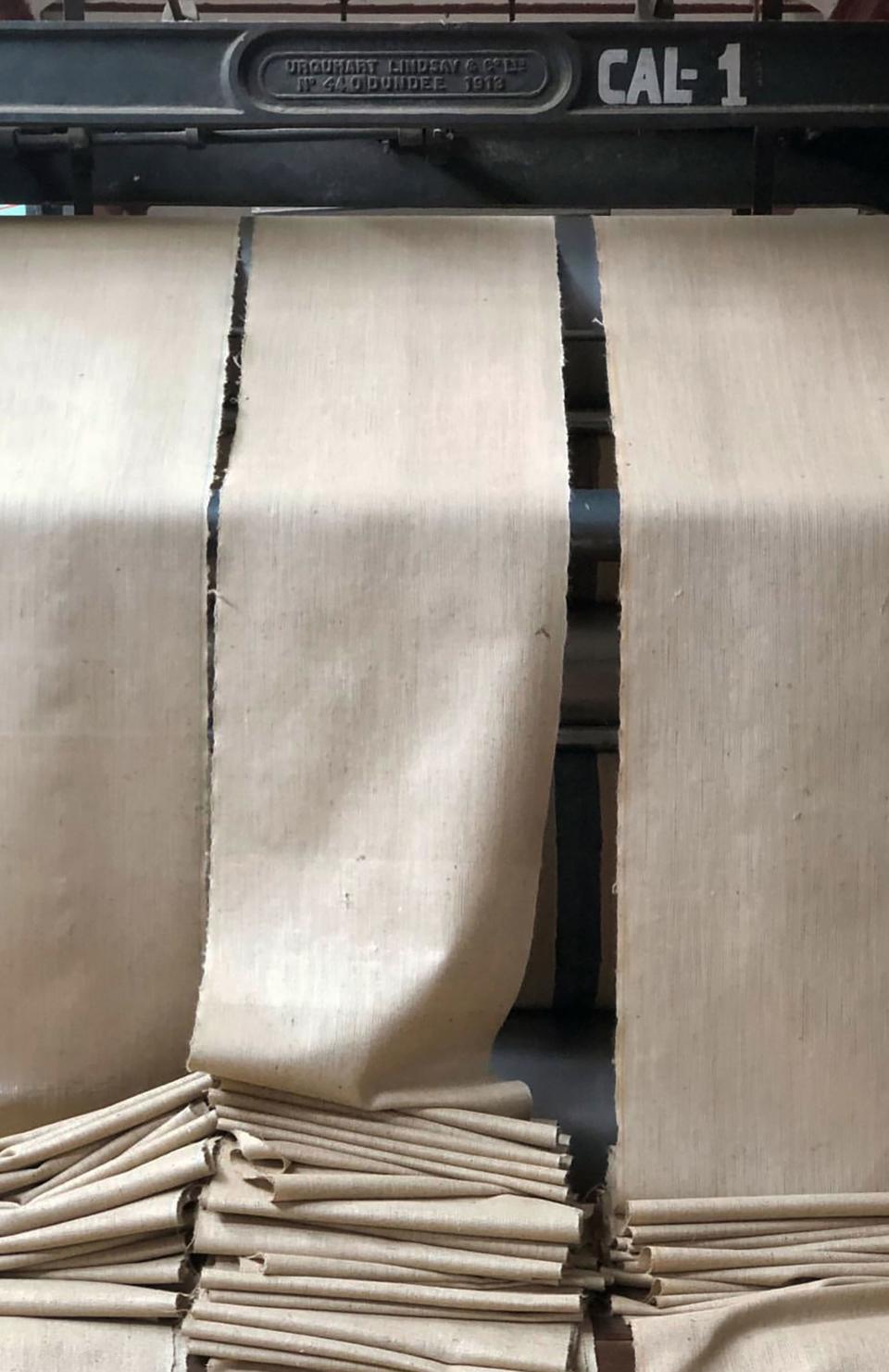
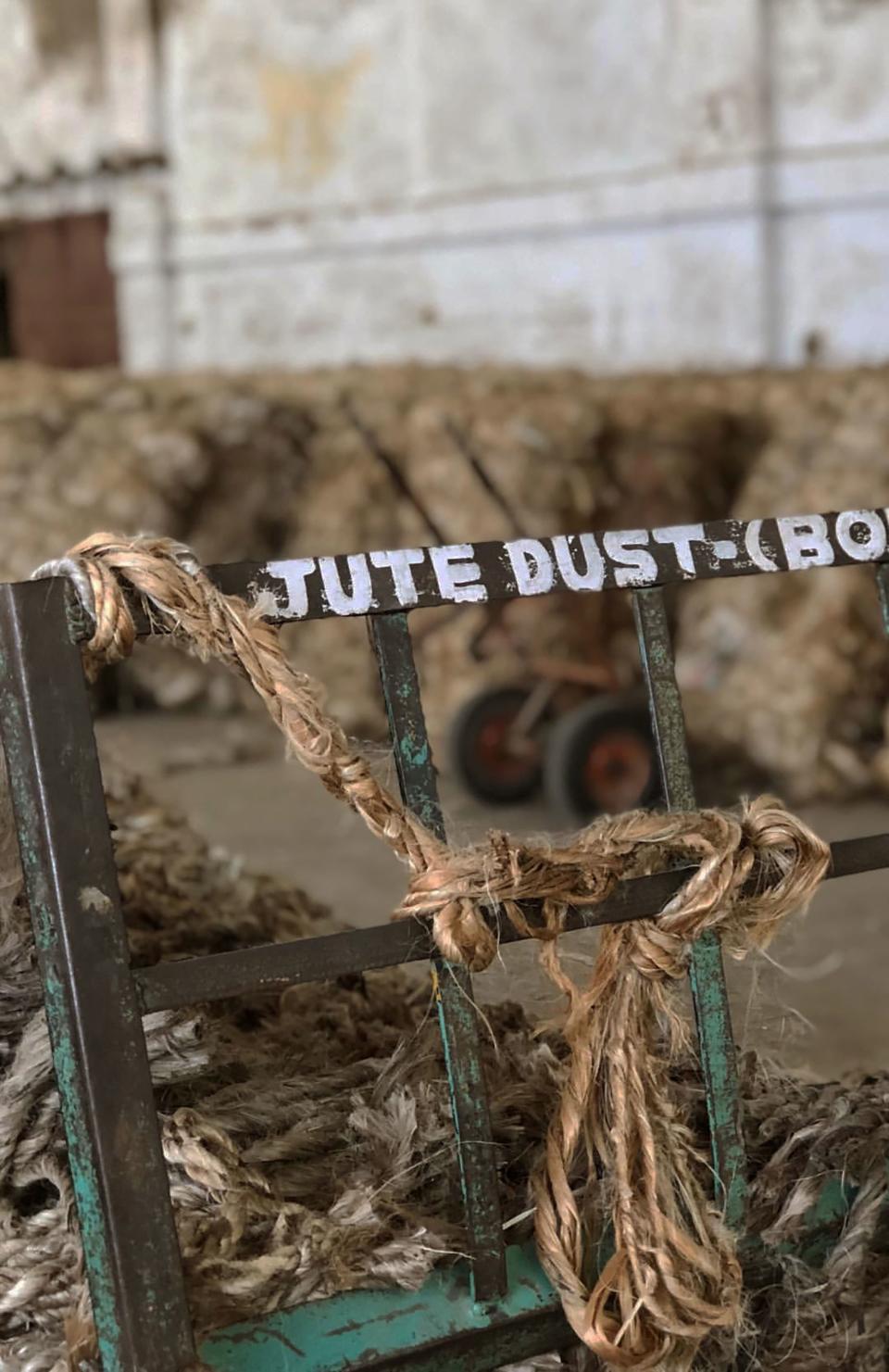
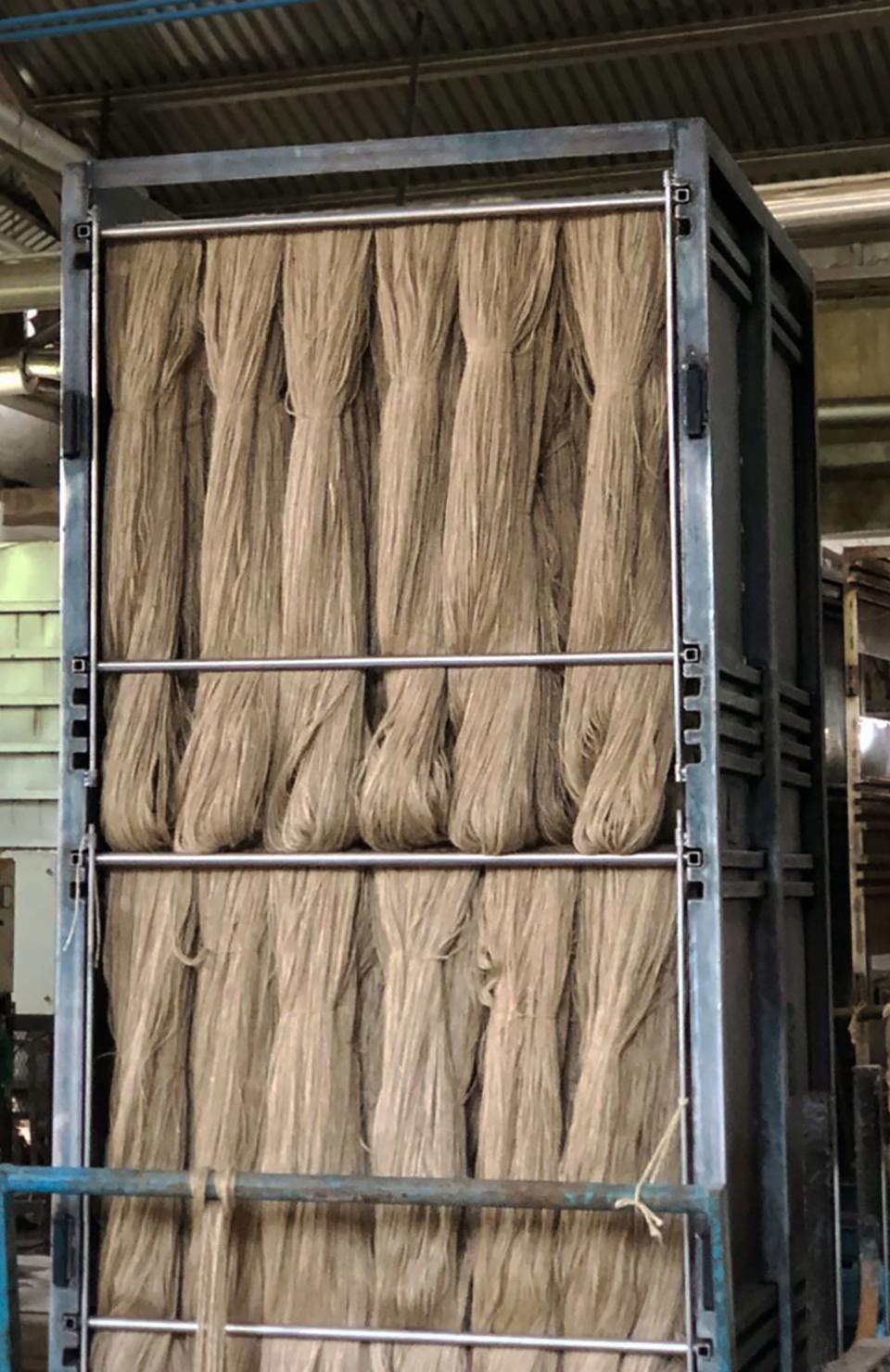
Earlier this year, designers Wei Chen and Raiheth Rawla took a field trip to Queens. They were there to visit the Noguchi Museum and see firsthand how, in Chen’s own words, Isamu Noguchi’s sculptures “harmonize with their surroundings.” Chen and Rawla were inspired by the artist and landscape architect’s biomorphic work while contemplating their second collection of bags under their label Khaore, which they launched late last year after graduating from Parsons. The curvaceous carryalls are made using jute vegetable fiber from a 100-year-old mill in Kolkata that has been owned and operated by Raiheth’s family for the last two decades.
“This collection was initiated as an exploration of the possibilities that can be created with the jute textile, beyond its typical usage for totes,” Chen says. “We traveled to the mill three times this year and spent roughly three months in Kolkata. It was important for us to learn and understand the jute textile in order to be able to experiment with it.”
Chen and Rawla are incredibly hands on when it comes to the production of their bags. Everything is designed and constructed in New York, and, being eco-conscious makers, they use vegetable-tanned leather for some of their additional bag designs. They’ve spoken about working with a florist and a biochemical engineer on future items too, but for now the young upstarts are focused on utilizing the jute,
“Jute has a lot of varieties, so different treatments are done for different purposes,” Chen notes. “Our jute textile goes through a few extra treatments to become tougher so that we can use it to create our products.” The Khaore bags do indeed require a strong fabric since they’re more flamboyantly shaped than the average clutch or top handle. “From the beginning, we’ve wanted to explore accessories in the sense of art,” Chen explains. “Our hope was to create pieces that can be seen as sculptures when the wearer is not present. They are pieces that work well both on and off the body.” She adds, “Khaore products are artistic reinterpretations of the mundane, crafted to introduce a new perspective of these kinds of everyday objects to our customers.”
